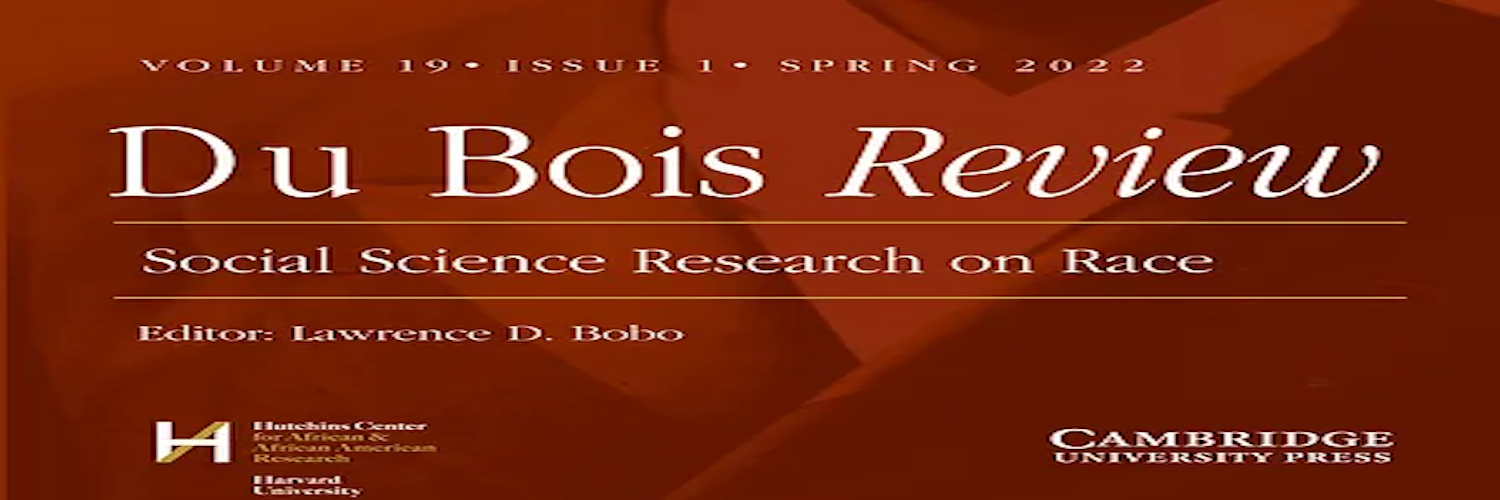Project Details
The U.S. Census Bureau projects that by 2060, Latinx, African Americans, Asians, and other “minority” groups will together comprise the majority of the country’s population. Past research has found that non-Hispanic Whites, hereafter Whites, find such projections disquieting or threatening. Yet, recent surveys reveal that when given more than binary good/bad choices, most Whites opt for the middle-point response that this development will be “neither good nor bad for the country.” How can we account for this seemingly ambiguous evaluation of projected ethnoracial demographic futures? Using eight waves of nationally representative U.S. survey data collected between 2015 and 2018, this article begins to unpack the “neither” response among Whites, exploring what it might mean and what factors are associated with it, relative to seemingly optimistic and pessimistic stances. Multinomial Logistic Regression analyses and additional descriptive analyses indicate that “neither good nor bad” in this context is a substantive response: White “Neithers” are socio-demographically and attitudinally distinct from their counterparts. Our study demonstrates the value of moving beyond an exclusive focus on expressions of demographic threat and pessimism. Moreover, it invites further investigation into factors that inform and shape how Whites and other ethnoracial populations in the U.S. understand and assess projected population shifts.

